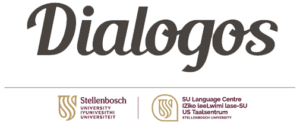South Africa is a challenging place.
Our Constitution is a dream: equity; democracy; diversity.
Our reality is nightmarish: inequality; sectorial dominance; increasing monolingualisation.
How do we bridge this gap?
How do we compensate for the differences: rich and poor; dominating and dominated; those with access to opportunities and those denied such access?
We address the obstacles.
What are the obstacles?
Skills.
How do we develop skills?
We provide educational opportunities.
Where do we begin?
At the top.
By removing barriers, by facilitating access, by clearing the path to success.
What barriers must we remove?
One is the language barrier.
As the University of Stellenbosch is doing. Inter alia, through its Language Centre.
By developing students’ academic literacy.
By providing language services, developing writing skills, assisting with document design, promoting Xhosa, supporting Afrikaans and English as academic media, undertaking research, contributing to the more effective management of the language factor – institutionally, in the corporate environment, in local government, provincial government, even the national government.
And, of special significance in our context of diversity: making diversity a meaningful reality.
Particularly linguistic diversity: one of our country’s richest assets. More, even, than our coal, our diamonds, our gold.
The linguistic realities in South African universities underlie a number of problems in teaching and learning: personal development; psychological security; social formation; cultural identity; economic potential; professional effectiveness.
To deal with such problems is, indeed, a meaningful road to walk. A road to freedom.
This the Language Centre at Stellenbosch University does.
Admirably.
I am blessed to be part of it.
Vic Webb
This post is also available in: English



